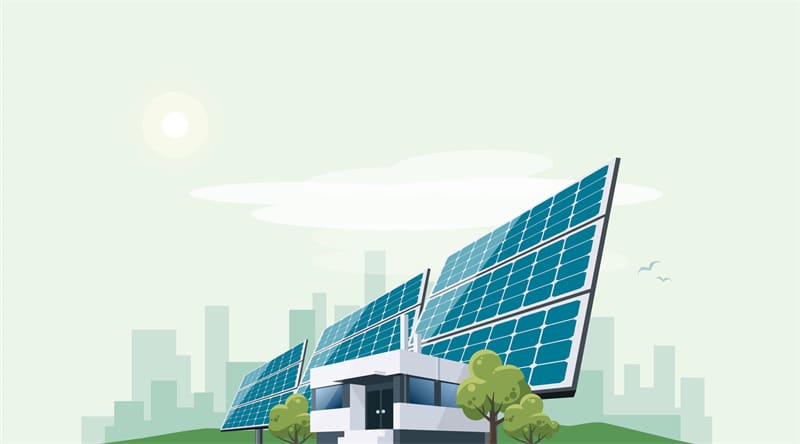
The world of power technology is amid a profound revolution. As societies worldwide grapple with increasing energy demands, the pressure on our existing power infrastructure is immense.
This pressure, coupled with the rising awareness about environmental sustainability, is driving us towards significant shifts in how we produce, distribute, and consume energy. One of the most transformative changes is happening in the realm of building power distribution.
In a traditional power system, large, centralized power plants generate energy that is transmitted over long distances to reach end consumers. This conventional model is being challenged by the rise of distributed energy resources (DERs) like solar panels and wind turbines.
As these technologies become more affordable and efficient, they are increasingly being integrated into building-scale power systems, giving birth to a new paradigm.
Microgrid Overview

Microgrids are small-scale power grids that can operate independently or in conjunction with the larger power grid. They provide distinct benefits such as increased reliability, grid resilience, and the capacity to exploit local renewable energy supplies. According to Navigant Research, the worldwide microgrid industry is predicted to exceed $40 billion by 2020, reflecting the technology's expanding adoption.
The University of California, San Diego (UCSD) is a shining example of a microgrid in action. Its microgrid provides 92% of the electricity for the 450-acre site. Furthermore, it has managed to minimize carbon emissions by 14,000 tons per year, demonstrating the potential benefits of microgrids in decreasing our carbon footprint.
Energy Storage
However, the story of future power delivery does not stop with microgrids. Energy storage is a critical component of this ongoing story. Energy storage devices act as a buffer, improving grid stability and efficiency by allowing us to store excess electricity generated for later use. According to the US Department of Energy, energy storage technology is critical to a resilient, reliable, and cost-effective grid.
Tesla's Powerwall and Powerpack battery storage systems' commercial success demonstrates the growing interest in energy storage. These systems, in addition to providing backup power, aid in peak shaving (lowering electricity usage during peak demand times), load shifting (changing energy usage from one time to another), and enhancing power quality by maintaining a constant frequency.
Integration of Microgrids and Energy Storage

However, why mix microgrids and energy storage? The combination of these two technologies results in a more resilient, adaptive, and long-lasting power system. It enables seamless transitions between grid-connected and island-mode operations, making it an ideal choice for isolated sites, essential infrastructure, or self-sustaining buildings.
Combining these two breakthrough technologies in creating power distribution networks will be critical as our civilization progresses toward a more energy-conscious future. According to the world-renowned Rocky Mountain Institute, most new commercial buildings will be outfitted with both microgrids and energy storage over the next ten years. This emphasizes the urgency and necessity of implementing these technologies, not just for the benefit of individual buildings, but also for the long-term sustainability and resilience of the electrical system.
While we've talked about the many benefits and potential of microgrids and energy storage in revolutionizing building power distribution, it's also vital to consider the challenges. Integrating these advanced systems necessitates a significant change in current infrastructure, laws, and market architecture. Despite the obvious advantages, politicians, utility companies, and stakeholders must overcome technical, economic, and regulatory challenges.
Investing in R&D is critical for overcoming technical obstacles such as guaranteeing microgrid stability and enhancing energy storage technology. To drive investments, appropriate business strategies and incentives are required. Policies should stimulate the deployment of these technologies without jeopardizing grid reliability and security.
Conclusion
Finally, the dynamic collaboration of microgrids with energy storage constitutes a paradigm shift in our energy infrastructure. We are heading toward an energy future that is not just cleaner, but also more decentralized and efficient. These inventions could serve as the foundation for a sustainable energy ecosystem in a society increasingly concerned with climate change and energy security.
While problems remain, the potential rewards make it worthwhile to pursue. We can design a robust and sustainable future for power distribution via collaboration and innovation. By committing to this route, we demonstrate that our energy infrastructure can grow to meet the pressing requirements of the present without jeopardizing future generations' ability to fulfill their own. The next chapter in the story of energy is just getting started, and it is full of promise and possibility.










